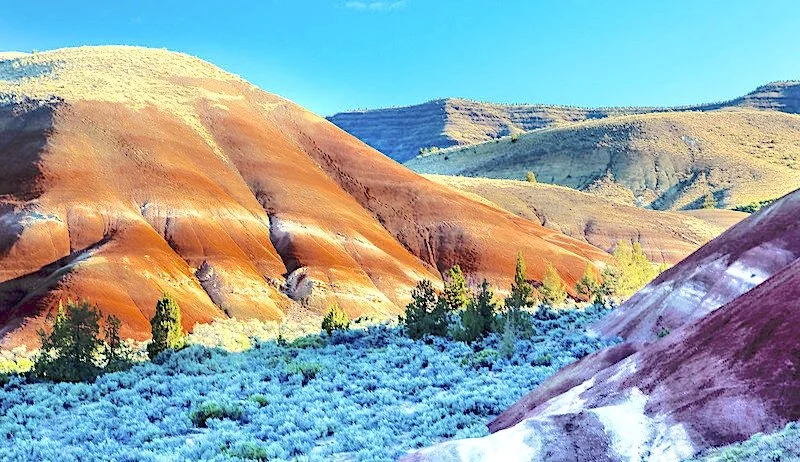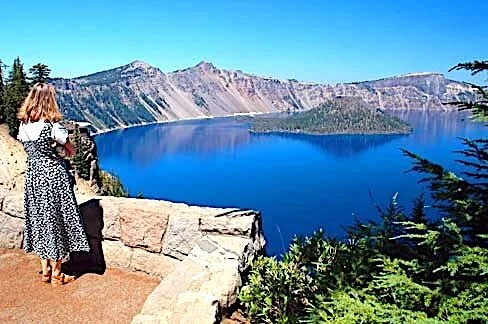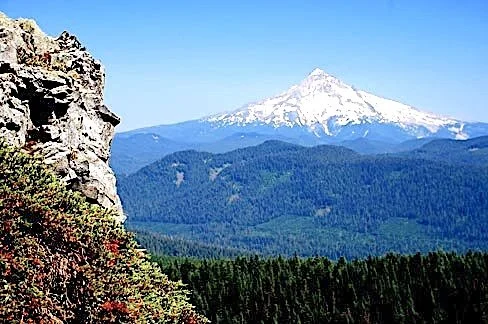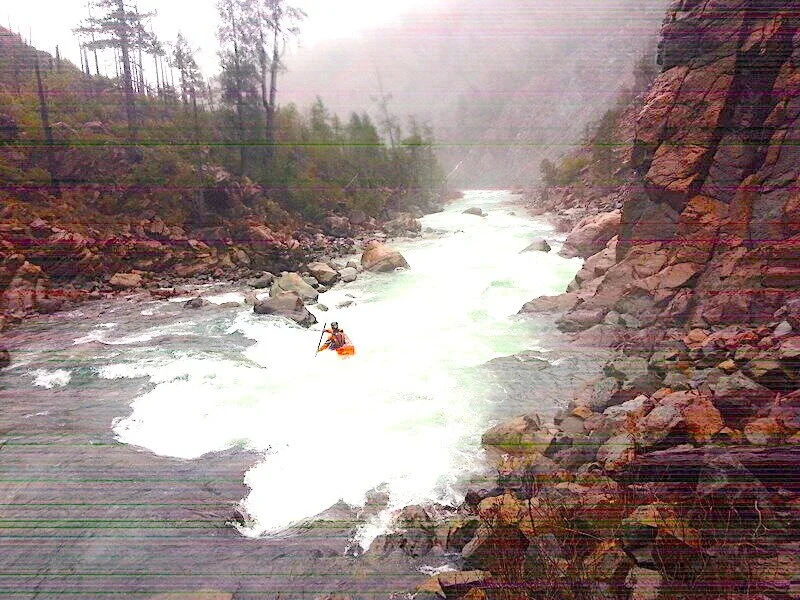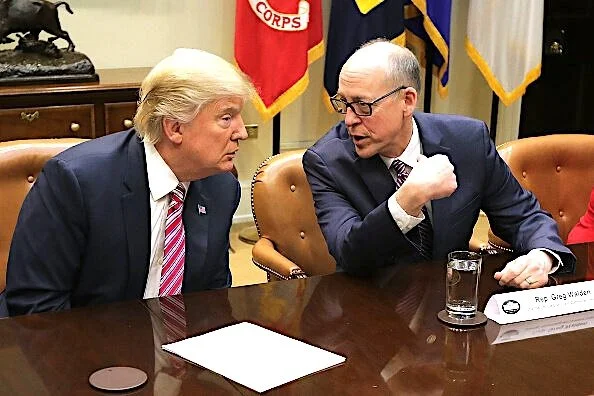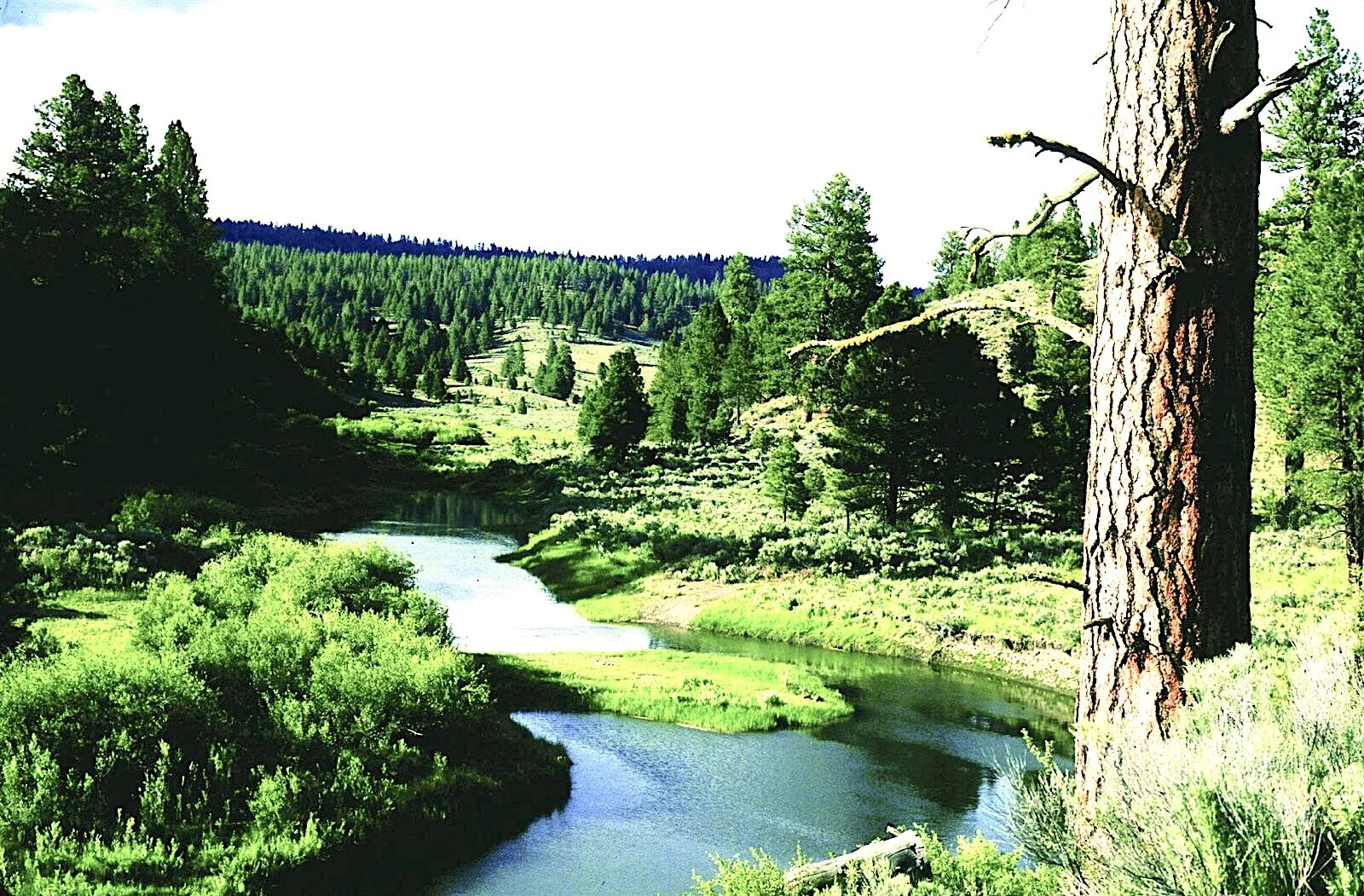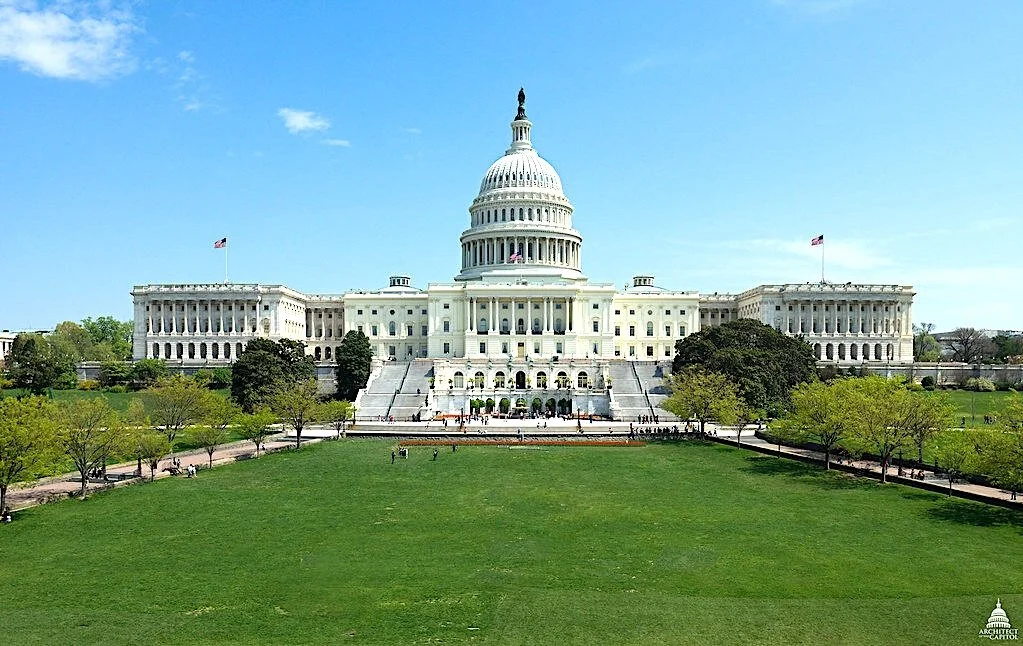Sort By Category
- 30x30
- Administration
- Antiquities Act
- Book Reviews
- Bureau of Land Management
- Climate Change
- Climate change
- Coasts
- Congress
- Counties & Federal Lands
- Courts
- Courts & Litigation
- Department of Agriculture
- Department of Interior
- Deserts
- Ecological Reserves
- Ecosystems
- Elections
- Endangered Species
- Energy
- Estuaries
- Federal Lands
- Fish
- Fish and Wildlife Service
- Forest Fires
- Forest Service
- Forestry
- Forests
- Grasslands
- Land & Water Cons. Fund
- Land & Water Conservation Fund
- Legislation
- Litigation
- Livestock Grazing
- Marine Protected Areas
- Marine Sanctuaries
- Mature & Old-Growth Forests
- Mining
- Nat'l Conservation Lands
- National Forest System
- National Marine Sanctuaries
- National Monuments
- National Monuments Act
- National Park Service
- National Park System
- National Parks
- National Recreation Area
- National Scenic Area
- National Trails System
- National Wildlife Refuges
Sort By Tag
- 1002 area
- 30x30
- 5th Amendment
- ANWR
- Acadia National Park
- Adam Smith
- Administrative Procedure Act
- Advancing Conservation and Education Act
- Alan Bates
- Alan Deboer
- Alaska
- Alaska National Interest Lands Act
- Alaska Native Claims Settlement Act
- Aldo Leopold
- American Forest Resource Council
- American Prairie Reserve
- American Tree Farm System
- American beef supply
- American black duck
- American woodcock
- Ammon Bundy
- Ancient Forest National Park
- Anders Eskil Carlson
- Andrea Salinas
- Andy Kerr
- Animal unit month
- Ansel Adams
- Antiquities Act
- Applegate Primitive Backcountry Area
- Aqua Fria National Monument
- Aquatic Conservation Strategy
- Aquatic Conservation and Riparian Strategy
- Arches National Monument
- Arches National Park
- Arctic National Wildlife Refuge
- Areas of Critical Environmental Concern
- Army Corps of Engineers
- Association of O&C Counties
- Astoria Canyon
- Astoria Fan
- Atlantic Coast
- Augusta Canal NHA
- Avarna Group
- Avi Kaw Ame
- BLM Conservation Rule
- BLM Zone 3 Lands
- BOEM Oregon Planning Area
- Baboquivari Peak Wilderness
- Baker County
- Bald Mountain Road
What to Do with Stranded State Trust Lands in Federal Conservation Areas?
I’m generally not a fan of Representative Chris Stewart (R-UT-3rd), who has a lifetime record of voting right on conservation issues just 3 percent of the time, according to the League of Conservation Voters. Now, though, he’s introduced a bill in the House that has merit.
Udall-Heinrich Bill Would Emasculate the Wild and Scenic Rivers Act
Legislation introduced by New Mexico’s two Democratic US senators would severely undermine the integrity of the National Wild and Scenic Rivers System (NWSRS). Yes, S.3670 has some good provisions, but it also has some bad and downright ugly provisions.
National Parks in Oregon, Part 4: Will the Inertia Continue?
This is the fourth of four Public Lands Blog posts that examine the topic of national parks in Oregon. Part 1 explored Oregon’s one success in establishing a national park. Part 2 discussed multiple failures to establish additional national parks in the state. Part 3 examined both successful and failed attempts to expand Crater Lake National Park. Part 4 looks at the potential supply and demand for additional national parks in Oregon and the political challenges and chances.
National Parks in Oregon, Part 3: Modest Expansion amid Grand Hopes
This is the third of four Public Lands Blog posts that examine the topic of national parks in Oregon. Part 1 explored Oregon’s one success in establishing a national park. Part 2 discussed multiple failures to establish additional national parks in the state. Part 3 examines both successful and failed attempts to expand Crater Lake National Park. Part 4 will look at the potential supply and demand for additional national parks in Oregon and the political challenges and chances.
National Parks in Oregon, Part 1: One Success
This is the first of four Public Lands Blog posts that examine the topic of national parks in Oregon. Part 1 explores Oregon’s one success in establishing a national park. Part 2 discusses multiple failures to establish additional national parks in the state. Part 3 examines both successful and failed attempts to expand Crater Lake National Park. Part 4 looks at the potential supply and demand for additional national parks in Oregon and the political challenges and chances.
Conserving and Restoring the Mount Hood National Forest
There stood Mount Hood in all the glory of the alpenglow, looming immensely high, beaming with intelligence. It seemed neither near nor far. The whole mountain appeared as one glorious manifestation of divine power, enthusiastic and benevolent, glowing like a countenance with ineffable repose and beauty, before which we could only gaze in lowly admiration. —John Muir (1888)
The Presidency in 2020: To Be Decided by 538 Votes Cast in 51 Elections
We don’t have one national election for president in 2020. Rather we have fifty-one elections (in fifty states and the District of Columbia) that will decide the next president of the United States. Today, we can predict with certainty the total number of votes that will be cast for the presidency: 538.
L’Affaire Malheur, Part 2: Backstory and Analysis
This is the second of a two-part Public Lands Blog post. Part 1 examined the specifics of legislation that is an existential threat to more than four million acres of federal public lands in Oregon’s Malheur County. Part 2 provides backstory and analysis pertaining to the legislation.
Pathbreaking Legislation to Conserve the Smith River Watershed
In mid-November, Senator Jeff Merkley (D-OR) introduced in Congress the proposed Smith River National Recreation Area Expansion Act (S.2875), which would expand the Smith River NRA to include all 58,000 acres of the Smith River watershed in Oregon (Map 1). The bill is cosponsored by Senator Ron Wyden (D-OR).
Wild Lands and Waters Best Served by Replacing Greg Walden with Another Republican
Trigger warning: Dyed-in-the-wool Democrats, liberals, leftists, and/or the excessively woke may find this post hazardous to their hopes, dreams, stereotypes, and/or prejudices and may wish to seek refuge in a safe space.
Crowdsourcing New and Expanded Oregon Wild and Scenic Rivers, Part 2: How to Nominate Your Favorite Stream(s)
This is the second part of a two-part series on the next wild and scenic rivers bill for Oregon. Part 1 focused on the nuts and bolts of what a wild and scenic river is, while Part 2 helps you nominate your favorite stream(s) for congressional consideration.
Crowdsourcing New and Expanded Oregon Wild and Scenic Rivers, Part 1: An Unprecedented Opportunity
This is the first part in a two-part series on the next wild and scenic rivers bill for Oregon. Part 1 focuses on the nuts and bolts of what a wild and scenic river is, while Part 2 will help you nominate your favorite stream(s) for congressional consideration.
Public Land Conservation Grand Bargains, Part 3: Wrestling with the Devil of Principle and the Angel of Pragmatism
In Part 1, we described a hypothetical national public lands conservation and management omnibus package and posed the question of what position Oregon public lands conservationists should take. In Part 2, we examined some historical Oregon examples in search of guidance. In this Part 3, I wrestle with the devil of principle and the angel of pragmatism and make recommendations as to how public lands conservationists should come down.
Public Land Conservation Grand Bargains, Part 2: Using History as a Guide
This is the second of three Public Lands Blog posts that examine the increasingly difficult political decisions facing Oregon’s public lands conservationists. Part 1 posed a still hypothetical—but prospectively probable—public lands conservation package that contains some great, some good, some bad, and some ugly provisions. Part 2 examines what Oregon public lands conservationists have done in the past when faced with such choices. Part 3 will wrestle with the devil of principle and the angel of pragmatism and make recommendations.
Public Land Conservation Grand Bargains, Part 1: Hard Choices Ahead for Oregon Conservationists
This is the first of three Public Lands Blog posts that examine the increasingly difficult political decisions facing Oregon’s public lands conservationists. Part 1 poses a still hypothetical—but prospectively probable—public lands conservation package that contains some great, some good, some bad, and some ugly provisions. Part 2 will examine what Oregon public lands conservationists have done in the past when faced with such choices. Part 3 will wrestle with the devil of principle and the angel of pragmatism and make recommendations.
A Solomonic Salmonid Solution?
General and President Dwight D. Eisenhower said, “If a problem is unsolvable, enlarge it.” The military genius and Republican president may have first articulated it, but a Republican member of Congress from Idaho is seeking to operationalize this sage advice in regard to Pacific Northwest salmon and electric power.
Oregon Wilderness by the Numbers: Versus Adjacent States, Congressional Delegation Rankings, and Total Potential Wilderness
Government protection should be thrown around every wild grove and forest on the mountains, as it is around every private orchard, and trees in public parks. To say nothing of their value as fountains of timber, they are worth infinitely more than all the gardens and parks of towns. —John Muir
The Other Anti-Public-Lands Constituency: Left-Wing Extremists
The public lands conservation community has long been wary of the existential threat to the nation’s public lands posed by a fringe group of right-wing crazies who seek to privatize public lands (perhaps via a brief period of state or county ownership).
The Oregon Wildlands Act 2.0
Representatives of many Oregon outdoor recreation industry heavyweights, including but not limited to Columbia Sportswear, the Conservation Alliance, Travel Oregon, and Keen Footwear, testified to the business sense of conserving more of the many treasures found on Oregon’s federal public lands. Many conservationists traveled from afar to make the case for protecting their most cherished Oregon gems for the benefit of this and future generations.
The Hard Case of Hardrock Mining Reform (Part 2): Conservation Areas in Which to Just Say No
This two-part series examines legislation in Congress that would reform the infamous Mining Law of 1872. Part 1 focused on how mining on public lands should be administered in the twenty-first century. Part 2 focuses on pending legislation the conservation areas in which mining should be permanently banned.


